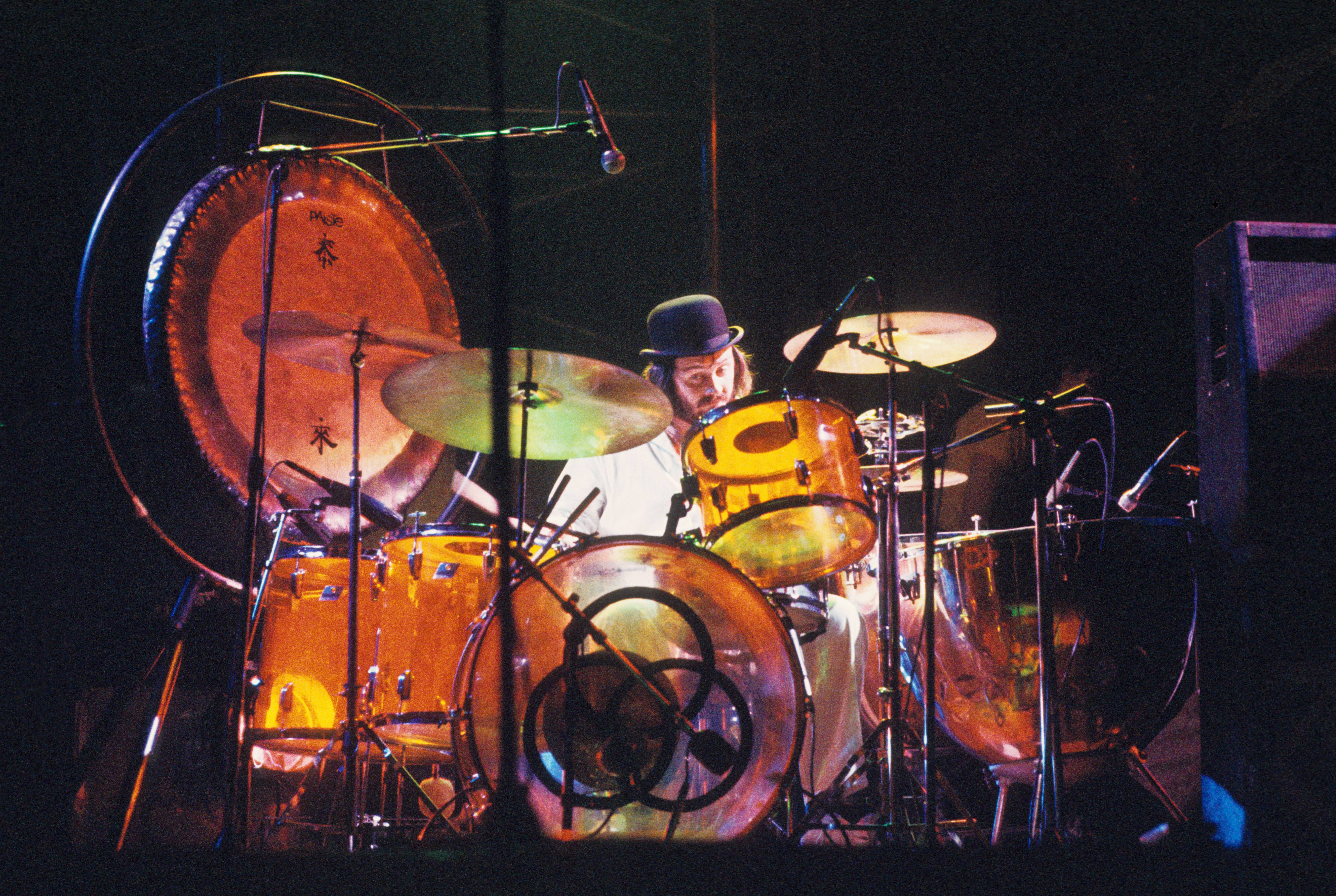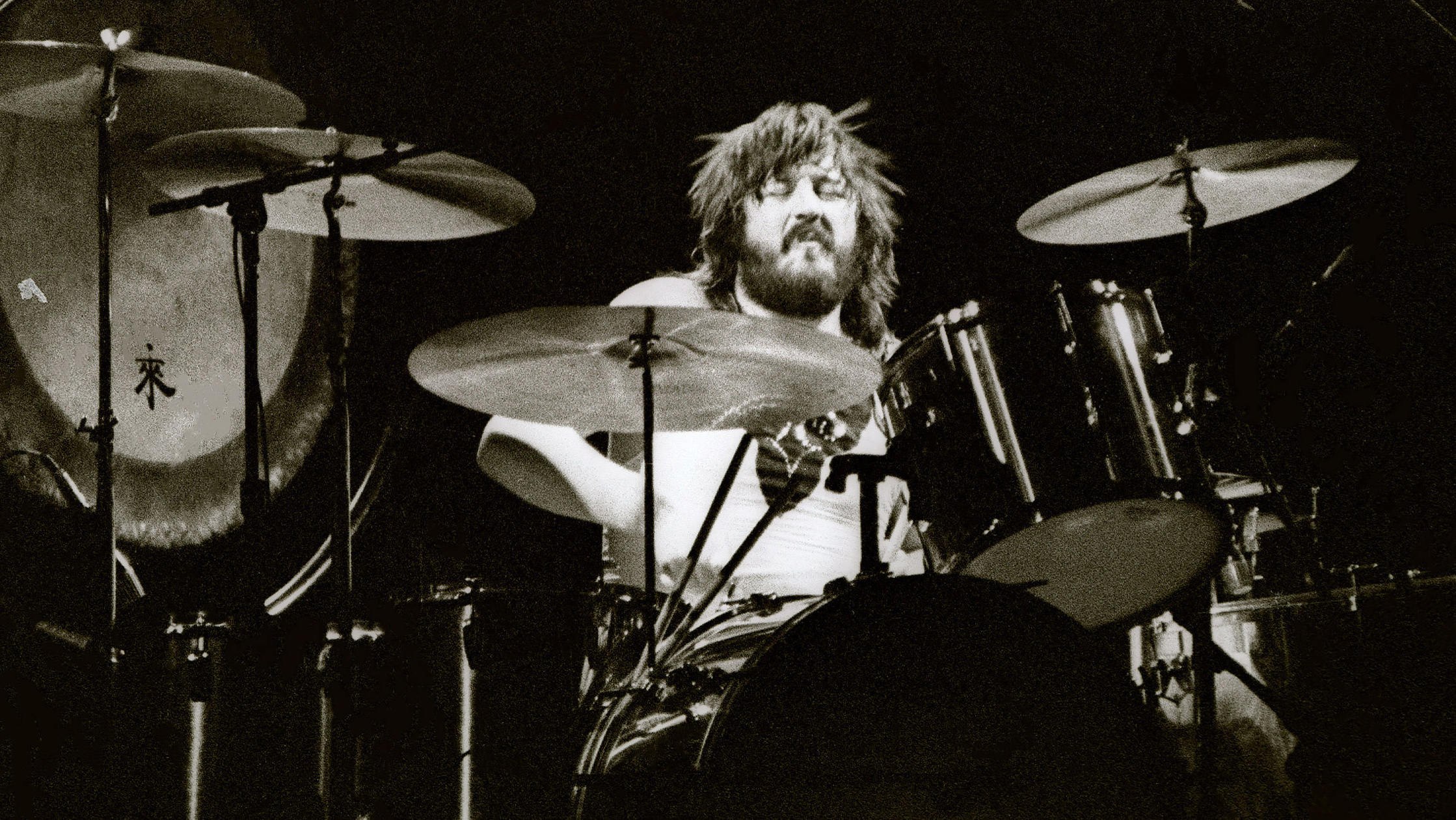Led Zep's Rock and Roll drum intro: why you've probably been playing it wrong, and how to nail it
Harder than it sounds, but doable - here's how Bonham's Chuck Berry-inspired barnstomer actually works
Led Zep IV’s second track sounds like a pretty straight blues boogie, but subverts the form with some sophisticated rhythmic and metric devices. The most infamous (and for many, it’s quite bewildering), is John Bonham’s solo drum intro.

Five song intros you’re probably counting wrong, and how to count them correctly
The playing is neither overly complex nor abstract, but it has tripped up countless listeners, publishers and even professional musicians in the last 50 years.
Here is the issue: we hear from the outset a rapid and syncopated drum groove, but it is steady and accessible with a clear pulse and meter.
However, when we get to the end of the fourth bar, and where we would expect a big pay off on the start of the fifth bar, we get what sounds like an extra beat and a half (or three eighth-notes) before the guitars and bass enter confidently.

Is this section actually four and three-eighths bars long? Listeners tolerate (or shrug off) this surplus rhythm by conceptualising it, as many publishers do, as four bars of 4/4 and one bar of 3/8.
This sort of dissonance that occurs at the beginning of a track is termed ‘initiating dissonance’, or more colourfully ‘metric fake-out’, where our presumptions about the prevailing meter are thwarted. These are quite common, since we are yet to build a predictive grid in which to understand our rhythms, and musicians even deviously construct such traps.

However, in this case there is no intended sabotage. When the drums start we naturally assume it to be the first beat in the bar (and this interpretation is supported by the strong first hit).
Want all the hottest music and gear news, reviews, deals, features and more, direct to your inbox? Sign up here.
It is, however, a three subdivision ‘upbeat’ preceding the first bar. In this interpretation everything falls into place (see Figure 2, below), like an optical illusion flipping.

If you’ve not heard it this way before, then it can take some tries. But one way to lock in this hearing is to match it to Chuck Berry’s guitar intro to Johnny B. Goode, which maps to the rhythm very closely – though Bonham's barnstorming entrance was actually inspired by the Father of Rock 'n' Roll's Keep a Knocking.
This mishearing is a by-product of starting with solo drums, and Bonham’s musical choice of using an upbeat and syncopation, not a ‘muso’ deception.
For a practical way to crack it, just remember that first snare hit in the locomotive intro part isn’t on beat one. It’s a pick-up starting on the ‘&’ of beat three the bar before, placing the fourth eight-note he plays firmly on the downbeat. So, give yourself a count-in of three and start hitting on the ‘&’, and you’ll have this iconic part down in no time.
MusicRadar is the number one website for music-makers of all kinds, be they guitarists, drummers, keyboard players, DJs or producers...
- GEAR: We help musicians find the best gear with top-ranking gear round-ups and high-quality, authoritative reviews by a wide team of highly experienced experts.
- TIPS: We also provide tuition, from bite-sized tips to advanced work-outs and guidance from recognised musicians and stars.
- STARS: We talk to musicians and stars about their creative processes, and the nuts and bolts of their gear and technique. We give fans an insight into the craft of music-making that no other music website can.
- Stuart WilliamsDrums
